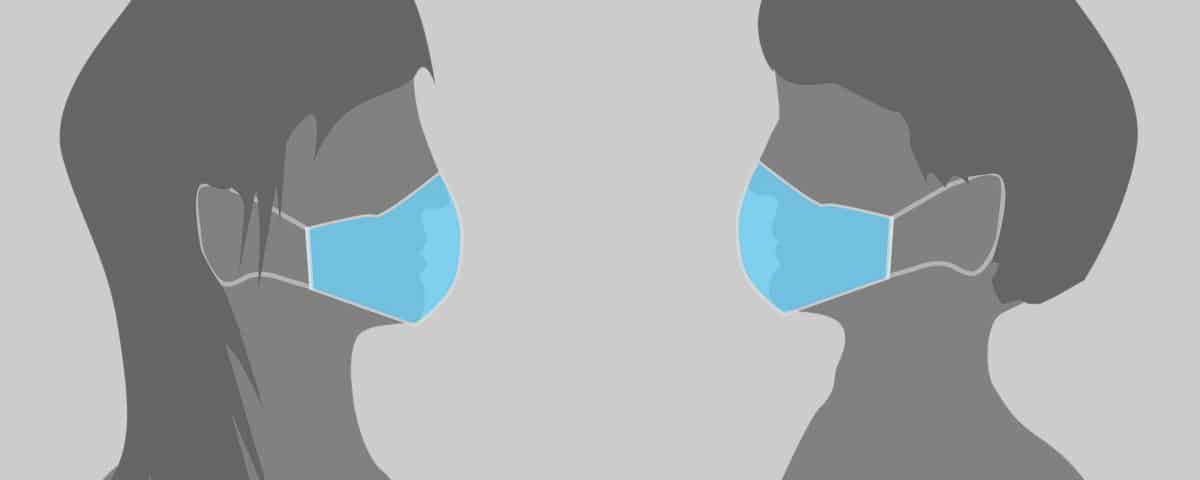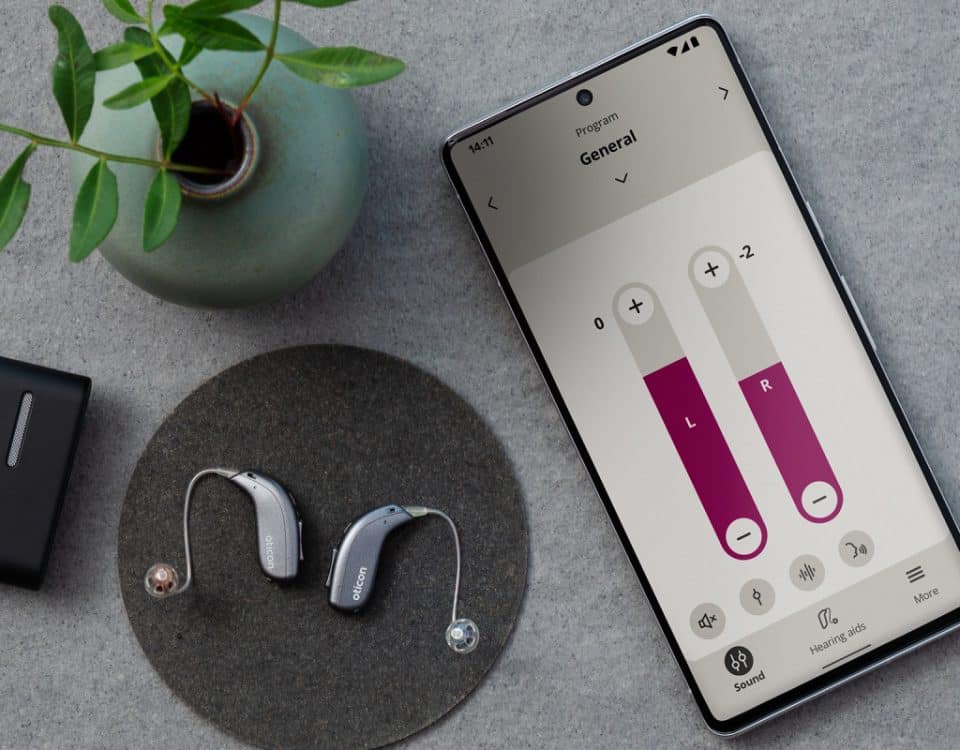
Unitron’s Discover Next Platform
September 1, 2020
National Fitness Day
September 23, 2020???????????????? ???????????????? ???????? ???????????????????????????????????????? ???????????????????????????????????? ???????????????? ???????????? ???????????????? ???????????? ???????????? ???????????? ???? ???????????????? ???????????? ???????????????????????????????????????????????????? ???????????????? ???????????????????????????????????????? ???????????????????? ???????????????? ???????????????????????????????????? ???????????? ????????????????????????????????????.
Deaf people who rely on lipreading face massive communication barriers as they are unable to see people’s mouths or facial expressions, and voices will be muffled with less clarity when people are wearing face coverings or face masks.
There are things you can do to make life a bit easier for deaf people who lipread. These small things can mean a lot to someone and can make a huge difference.
????. ???????????????? ???????????????? ????????????????????
Lipreaders rely heavily on being able to see another person’s mouth. You could temporarily remove a face covering while speaking to a deaf person if you feel safe doing so. Just be sure to stand 1-2 metres back like you should when speaking to anyone at the moment.
While face coverings are mandatory in supermarkets and shops, there are some exemptions in place to help people who rely on lipreading. It is always worth checking specific rules for the country you live in as these exemptions may differ slightly.
For example in England you are exempt if you are travelling with or providing assistance to someone who relies on lipreading to communicate, and in Scotland you are exempt if you are communicating with someone else who relies on lip reading.
????. ???????????????????????????????? ???????????????????????????? ???? ???????????????????????????????????????????? ???????????????? ????????????????
These aren’t as widely available yet as other types of face masks, but some independent providers in the UK are starting to sell them.
Try looking on sites like Etsy for transparent or see through face mask, or make your own using our step-by-step instructions >> https://www.hearingdogs.org.uk/blog/facemask/
Wearing one will enable a deaf person to see your mouth when you are talking, which would really help them.
????. ???????????????????? ???????? ????????????????
If you have a pen and paper handy, try writing down what you want to say. This can be a quick and simple way of communicating.
????. ???????????? ???? ???????????????????? ???????? ???????????????? ????????????
As you speak, these apps display what you are saying as text on the screen of your phone, which you can show to someone who can’t hear your voice. This can be very helpful for someone who relies on lipreading but can’t see your mouth. All you’d need to do is download the Google Live Transcribe app or other similar apps (depending on the type of phone you have) to test them out.
????. ???????????? ???????????????????? ????????????????????????????????
If its appropriate to do so and would more easily explain what you are saying, try showing what you mean using a gesture or an action. Just try to keep it simple. For example, if you were explaining where something is, try pointing, or beckoning for the other person to follow you so you can show them.
????. ????????????’???? ????????????????????
If someone can’t work out what you are saying, the last thing you should do is start shouting. This can come across as aggressive and can (understandably!) make a deaf person feel bad – no one enjoys being shouted at. Instead, try other ways of communicating that would be more effective.
????. ????????????’???? ???????????????? ????????
If you are struggling to communicate with someone who is deaf or has hearing loss, it’s better to keep trying, or to try something else, than to just give up.
It can be really disheartening for a deaf person if someone gives up trying to communicate with them. It implies ‘What you are saying doesn’t matter’ and can make them feel like they don’t matter. There are always ways around any difficulties you have communicating with someone.
Steven Ross (MSHAA, RHAD)
Director
58 Cadzow Street,
Hamilton,
ML3 6DS
t: 01698 283549
m: 07340 746950
e: info@lanarkshirehearingcentre.co.uk




